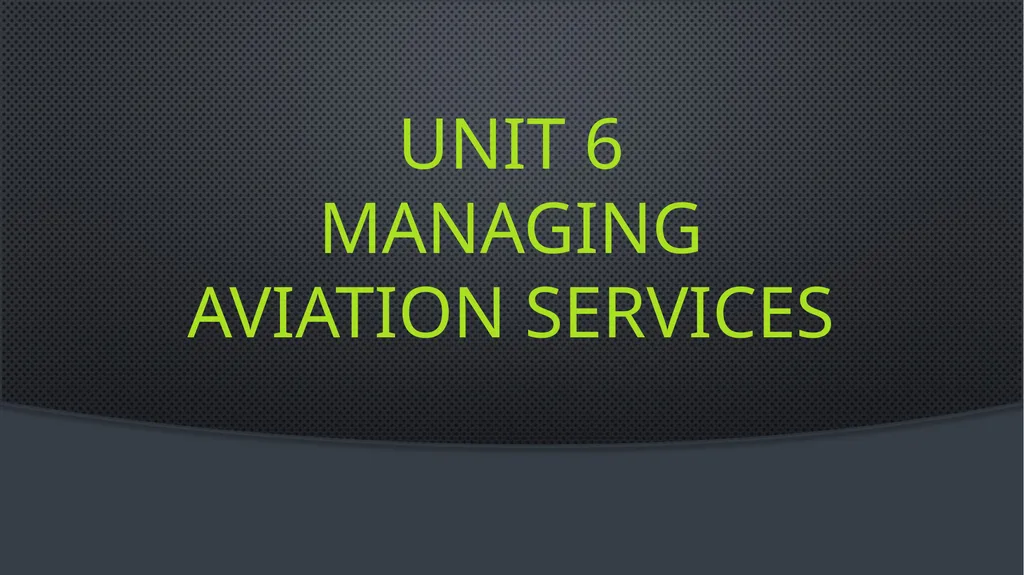
Unit 6 managing aviation services Learning outcome
Author: lois-ondreau | Published: 2025-07-18
Description: Unit 6 managing aviation services Learning outcome 3 Assess the different operational requirements of passenger service operations and airside operations p5 Compare and contrast the different service operations in terminal and airside to
Download Presentation
Download the PPT/PDF: Download
Transcript:
Loading transcript…